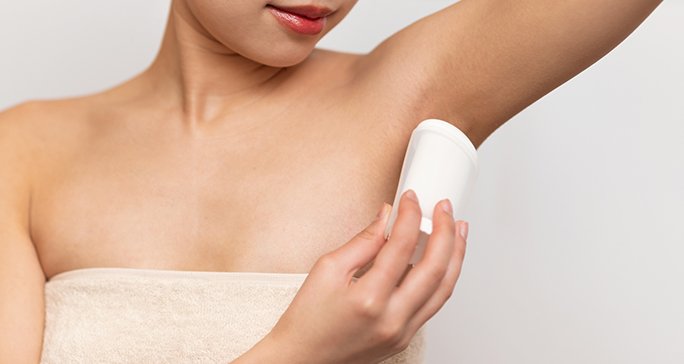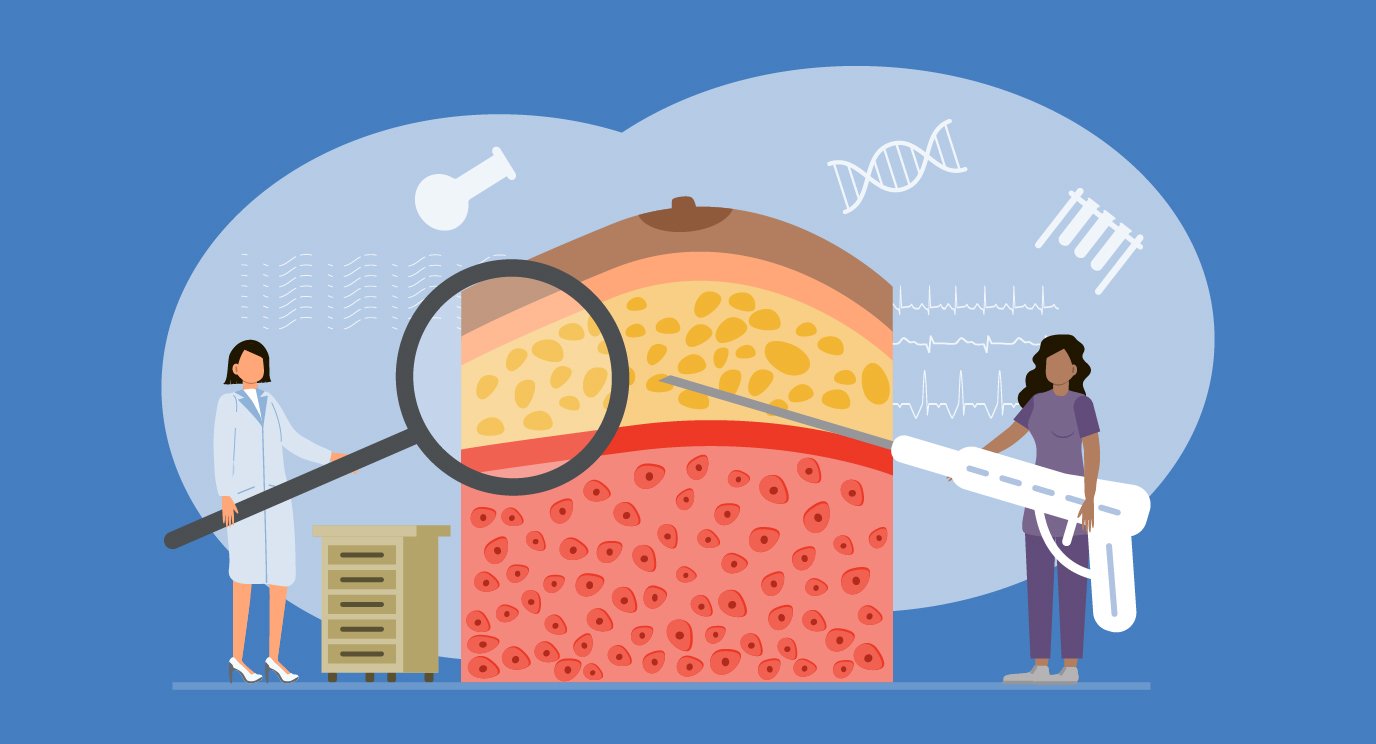- Diseases
- Acoustic Neuroma (14)
- Adrenal Gland Tumor (24)
- Anal Cancer (70)
- Anemia (2)
- Appendix Cancer (18)
- Bile Duct Cancer (26)
- Bladder Cancer (72)
- Brain Metastases (28)
- Brain Tumor (232)
- Breast Cancer (724)
- Breast Implant-Associated Anaplastic Large Cell Lymphoma (2)
- Cancer of Unknown Primary (4)
- Carcinoid Tumor (8)
- Cervical Cancer (164)
- Colon Cancer (166)
- Colorectal Cancer (116)
- Endocrine Tumor (4)
- Esophageal Cancer (44)
- Eye Cancer (36)
- Fallopian Tube Cancer (8)
- Germ Cell Tumor (4)
- Gestational Trophoblastic Disease (2)
- Head and Neck Cancer (14)
- Kidney Cancer (128)
- Leukemia (342)
- Liver Cancer (50)
- Lung Cancer (286)
- Lymphoma (278)
- Mesothelioma (14)
- Metastasis (30)
- Multiple Myeloma (100)
- Myelodysplastic Syndrome (60)
- Myeloproliferative Neoplasm (6)
- Neuroendocrine Tumors (16)
- Oral Cancer (102)
- Ovarian Cancer (176)
- Pancreatic Cancer (160)
- Parathyroid Disease (2)
- Penile Cancer (14)
- Pituitary Tumor (6)
- Prostate Cancer (150)
- Rectal Cancer (58)
- Renal Medullary Carcinoma (6)
- Salivary Gland Cancer (14)
- Sarcoma (238)
- Skin Cancer (298)
- Skull Base Tumors (56)
- Spinal Tumor (12)
- Stomach Cancer (66)
- Testicular Cancer (28)
- Throat Cancer (92)
- Thymoma (6)
- Thyroid Cancer (98)
- Tonsil Cancer (30)
- Uterine Cancer (86)
- Vaginal Cancer (18)
- Vulvar Cancer (22)
- Cancer Topic
- Adolescent and Young Adult Cancer Issues (20)
- Advance Care Planning (12)
- Biostatistics (2)
- Blood Donation (18)
- Bone Health (8)
- COVID-19 (360)
- Cancer Recurrence (120)
- Childhood Cancer Issues (120)
- Clinical Trials (628)
- Complementary Integrative Medicine (22)
- Cytogenetics (2)
- DNA Methylation (4)
- Diagnosis (236)
- Epigenetics (6)
- Fertility (62)
- Follow-up Guidelines (2)
- Health Disparities (14)
- Hereditary Cancer Syndromes (128)
- Immunology (18)
- Li-Fraumeni Syndrome (8)
- Mental Health (120)
- Molecular Diagnostics (8)
- Pain Management (62)
- Palliative Care (8)
- Pathology (10)
- Physical Therapy (18)
- Pregnancy (18)
- Prevention (932)
- Research (388)
- Second Opinion (76)
- Sexuality (16)
- Side Effects (614)
- Sleep Disorders (10)
- Stem Cell Transplantation Cellular Therapy (216)
- Support (404)
- Survivorship (324)
- Symptoms (182)
- Treatment (1778)
Mammogram vs. breast ultrasound: What’s the difference?
3 minute read | Published November 26, 2024
Medically Reviewed | Last reviewed by Ethan Cohen, M.D., on November 26, 2024
Regular breast cancer screenings can detect breast cancer early when it’s easier to treat. While mammograms are considered the gold standard test for finding breast cancer, you may also get other screening tests, such as a breast ultrasound.
So, what’s the difference between a mammogram and a breast ultrasound? And when might you need both tests? Below, I’ll answer these questions and more.
Mammogram vs. breast ultrasound: How does each test work?
Mammogram and breast ultrasound are both screening tests to help detect breast cancer. But the tests work differently and look for different things.
Mammogram
A mammogram is an X-ray of the breast. We do mammograms for two reasons:
- Screening: A screening mammogram takes two X-ray views of each breast. If we see something abnormal, then we move to a diagnostic mammogram.
- Diagnosis: A diagnostic mammogram focuses more closely on the area(s) of concern. We will get more X-ray views of the concerning area. We perform a diagnostic mammogram any time a patient comes in with symptoms of breast cancer or after an abnormal screening mammogram.
Both exams can be done with breast tomosynthesis (3D mammography). This technology takes images of breast tissue to create a picture of the breast. This allows us to look at the breast tissue in more detail.
Breast ultrasound
A breast ultrasound uses sound waves that reflect off the breast tissue to create detailed images of the breast. There is no radiation involved.
When would you need a mammogram and a breast ultrasound?
You may also get a breast ultrasound if we notice something unusual on your mammogram. Normal breast tissue and cancerous tissue both appear white on a mammogram. An ultrasound can help us see small cancers that may be hiding amongst normal breast tissue because normal breast tissue and cancer are not the same color on the ultrasound image. This is especially useful for women with dense breasts, meaning they have more glandular tissue and less fat within their breasts. Breast ultrasounds can detect small tumors that may be hiding in the tissue.
Can you see breast cancer on an ultrasound?
You may get an ultrasound after a mammogram for additional screening if you have dense breasts. Sometimes, an ultrasound helps us find breast cancer that was not easily visible on a mammogram.
Would you ever need a breast ultrasound instead of a mammogram?
A breast ultrasound is not recommended as a replacement for a mammogram. This is because a mammogram is the only imaging that has been proven to save lives by screening.
Ultrasound is not as good at detecting stage 0 breast cancer. This is when breast cancer is non-invasive. We want to be able to detect breast cancer early, so it’s easier to treat.
Screening mammograms detect about 4 to 6 cases of breast cancer per 1,000 women. When a breast ultrasound is done on top of that, we detect about 2 to 3 more cases. So, breast ultrasound is a valuable screening tool we use in addition to a mammogram.
Why is it important to get screened for breast cancer?
It’s simple. Breast cancer screening saves lives. When we find cancer early, we have a greater chance of successfully treating the disease.
Women at average risk for breast cancer should get a mammogram and clinical breast exam each year, starting at age 40. Women with dense breast tissue may also need additional tests.
If you have an increased risk for breast cancer, you may need to start screening earlier, get additional tests and/or be tested more often. Talk to your doctor about what is best for you.
Ethan Cohen, M.D., is a breast radiologist at MD Anderson.
Schedule your mammogram at MD Anderson online or call 1-844-240-7092.

Breast ultrasound is a valuable screening tool we use in addition to a mammogram.
Ethan Cohen, M.D.
Physician





